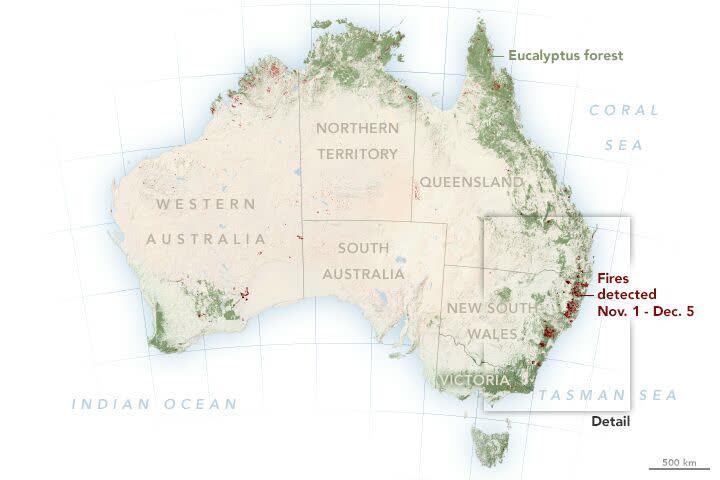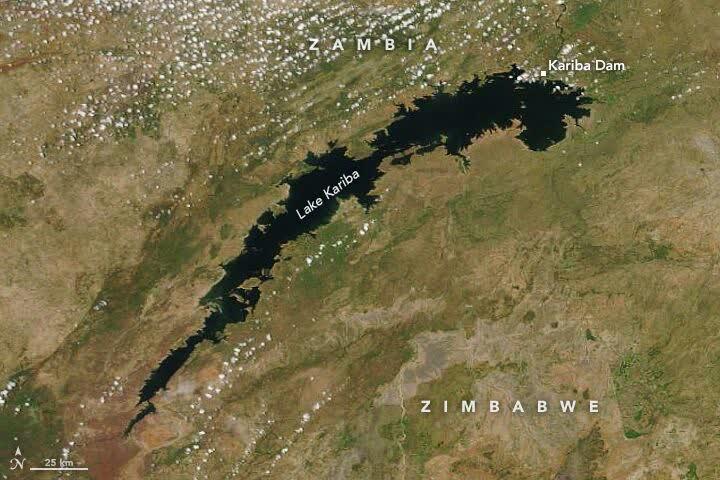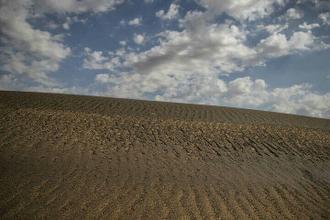Many African cities have had to take drastic measures in recent years to tackle water shortages. Cape Town’s historic shortage in 2018 is fresh in our minds. South African authorities narrowly avoided disaster by rationing drinking water to 50 liters per inhabitant per day in a city that was used to consuming large volumes of water.
That same year, Bouaké in Côte d’Ivoire received emergency financing of $8.5 million from the World Bank to cope with a serious water shortage. The intervention solved the shortage by building two compact water treatment plants, boring and fitting 20 new wells, rehabilitating 82 hand pumps in the villages connected to the city’s water system, and distributing safe water by water tankers.
Water, sanitation and hygiene central to the COVID-19 crisis
The World Health Organization’s number one recommended protective measure against the coronavirus is to wash hands frequently with soap. Ensuring the availability of safe water for all is clearly vital to keep up the fight against the spread of COVID-19 and future pandemics.
Yet in Sub-Saharan Africa, nearly 63% of people in urban areas, representing the main clusters of the virus, find it hard to access basic water services and cannot wash their hands. An estimated 70% to 80% of the region’s diseases are attributable to poor water quality. Dysentery and cholera, for example, are among the leading causes of infant mortality.
African governments have now put in place rapid response plans to combat the COVID-19 emergency. Yet most of these plans concentrate on the immediate health care response and focus less on improving access to water and sanitation, other than outfitting health centers and other public places with handwashing facilities.
Rapid urbanization calls for sustainable solutions to improve access
The crucial issue of access to safe water is especially important in a region facing rapid urban growth. By 2050, over 1.6 billion Africans will be living in cities and urban slums. The coming years will see populations doubling in some 100 major cities. Some, such as Lagos in Nigeria, with its 23 million inhabitants today, and Kinshasa in the Democratic Republic of Congo, with 12 million, are megalopolises already. The world will also see other pandemics. And climate change will increase the episodes of drought.
Hence it is vital for African governments to put strategies in place, earmark part of their budget, and develop policies to supply water, sanitation, and hygiene services for all their people. A number of solutions are available to them:
Increase investments in water and sanitation: To meet Sustainable Development Goal 6, Africa will need to invest massively in the water and sanitation sectors over the next 10 years. Some $10-15 billion a year will be needed to supply the entire population with safe drinking water and provide basic sanitation service. Currently, African countries allocate no more than 0.5% of their GDP to the sector and invest only a very small proportion of international assistance in this area.Guarantee the financial viability of water utilities: A recent World Bank study on the performance of water supply services in Africa finds that half of the region’s utilities do not have the revenues to cover their operation and maintenance costs. Countries urgently need to build up the operational capacities and resilience of both public and private utilities to be able to supply sufficient volumes of high-quality water. And they need to do this at a politically and socially acceptable tariff while remaining financially viable.Re-use wastewater: For many countries, wastewater management has become an important way to meet the demand for water, especially around urban areas where market gardens are being developed and providing vital food supplies to city residents. In Israel for example, 91% of wastewater is treated, and 71% of it is then used to irrigate crops. In African countries, however, just 10% of wastewater is treated. An increase in the reuse of it to irrigate cropland could secure the region's food security
as countries apply circular economy approaches to water security
Today’s historic health crisis will deal a long-term blow to the global economy, but it will hit the fragile African economies even harder. The faster these economies respond, the more resilient they will become. A sustainable response to COVID-19 and the pandemics that will follow must include a focus on water and sanitation.
.
- ۰ نظر
- ۲۰ ارديبهشت ۹۹ ، ۱۱:۲۸







